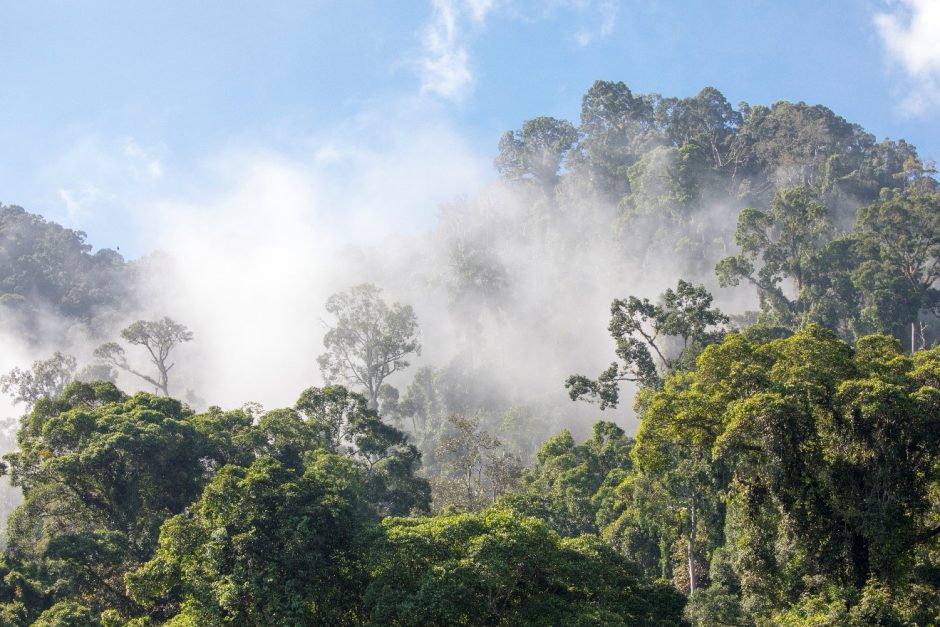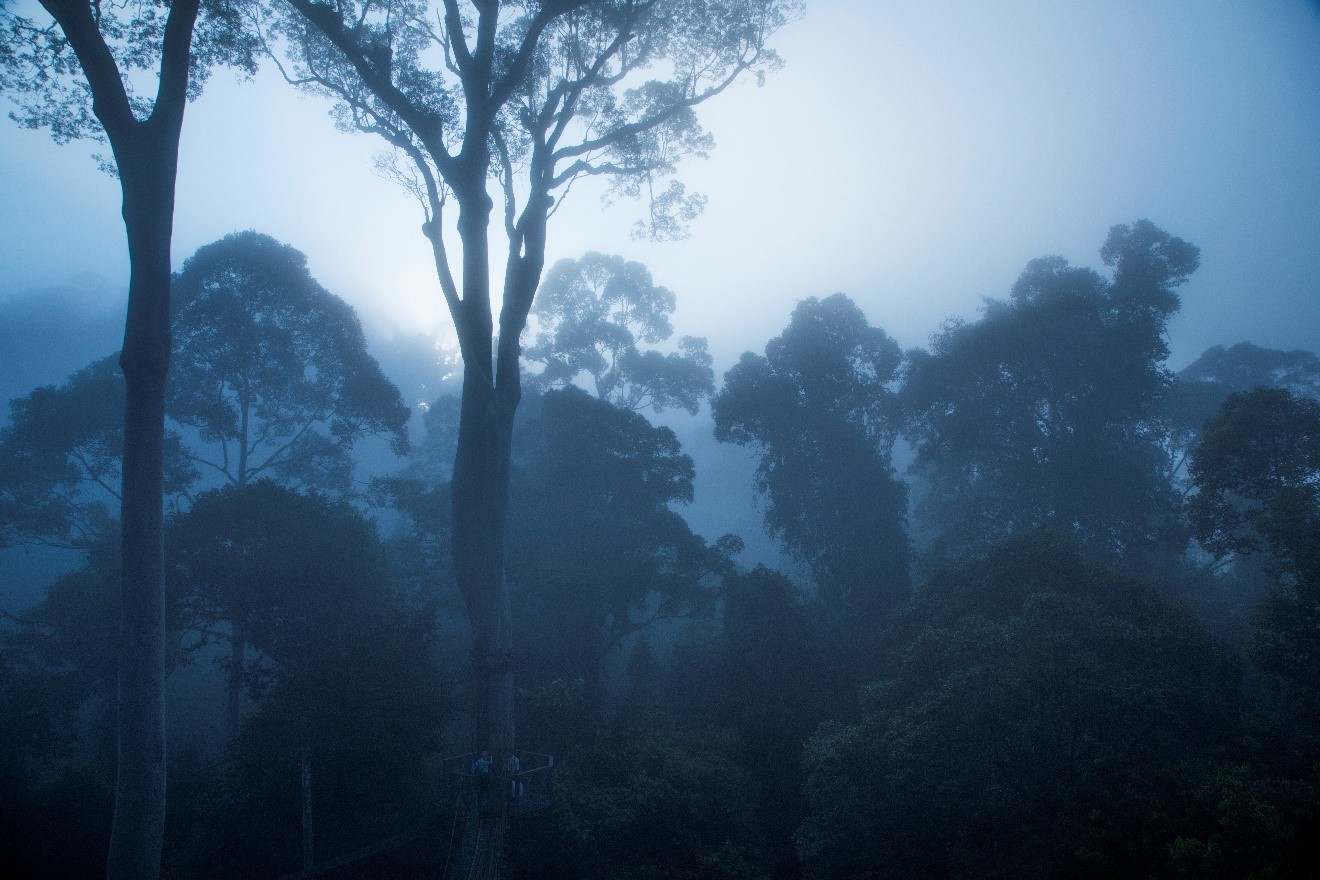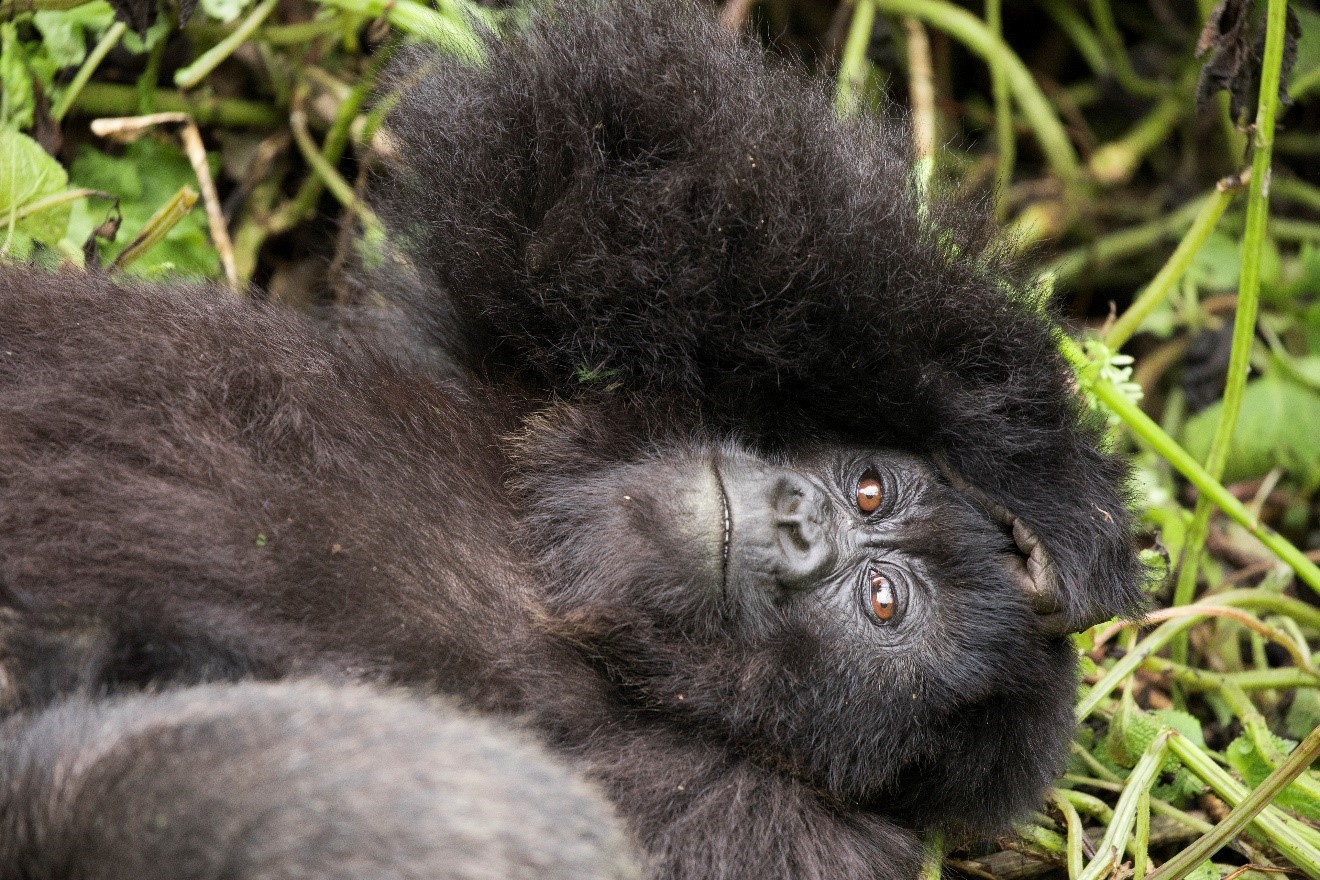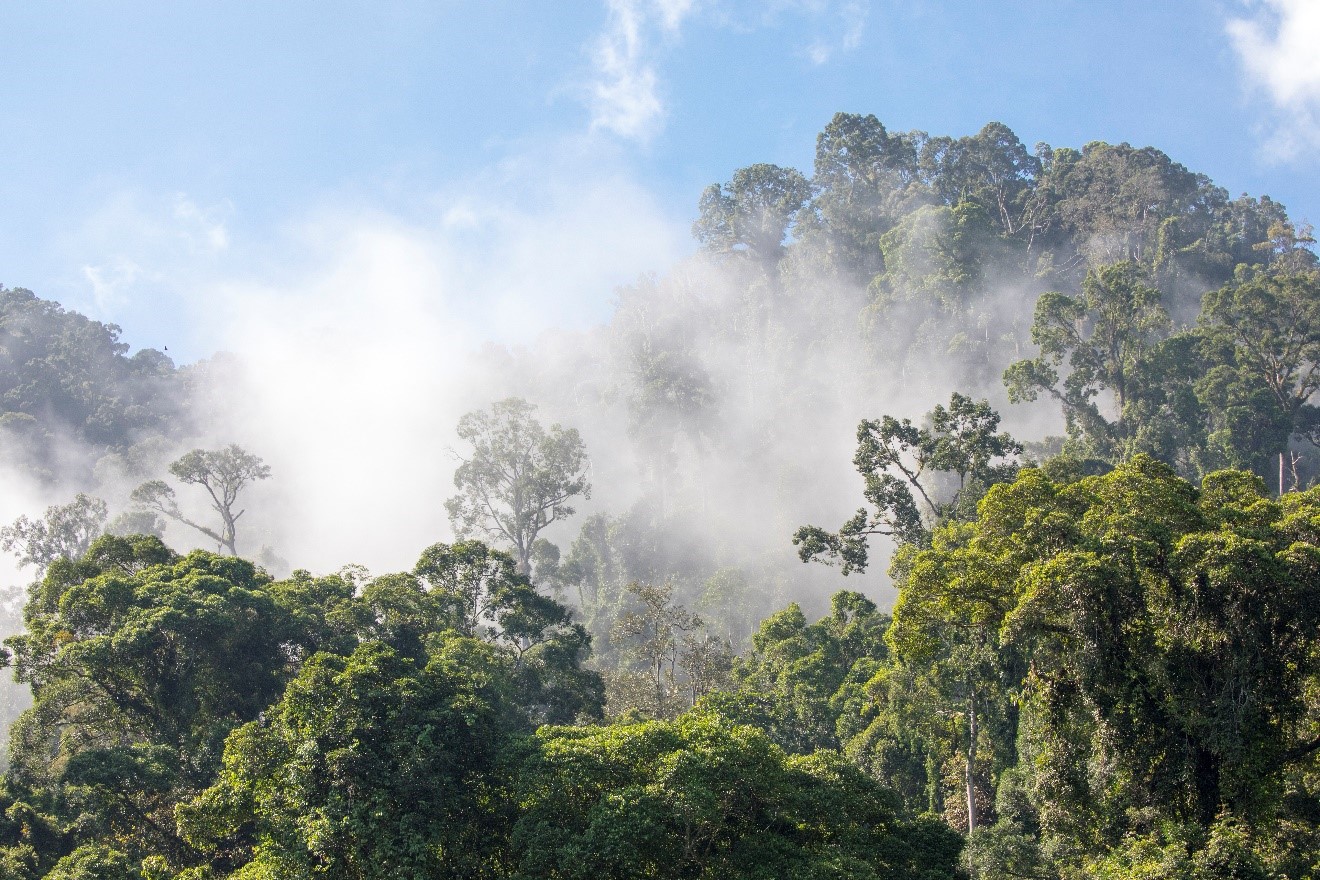
How to Prevent your Camera from Fogging in Tropical Environments
So you’re headed on a photography adventure to the tropics. You’ve read my articles on the right gear, and the right techniques for photographing tropical wildlife. But you walk out your jungle lodge door and your camera is instantly in a cloud, and lens fogged so bad that with each cleaning wipe you give it, the fog follows just milliseconds later.
The good thing is that you’re not alone…this is common in tropical environments. And the better thing is that there are ways to prevent this such that you’ll have a perfectly clear lens from the start to end of your adventure. Just follow my tips below!
Why your lens gets foggy
The best way to mitigate this issue is to understand why, when and how it happens.
Basically, the fog that appears on the tip of your camera is condensation. It’s VERY similar to what happens when you take a cold soda can out of a cooler on a warm day. That warm air is filled with gaseous water, in the form of humidity. When that humidity touches the can, simply by the air surrounding the can, the gaseous water cools down and turns from gaseous water (humidity) into liquid water, aka condensation.
Your lens and camera is basically the same. When you have your camera in a cooler lodge room at night, whether it’s because the room is air conditioned (most common) or simply because it retained the night’s coolness as the outside air warmed faster (less common) your camera body, and lens, acts like that coke can and turns humid jungle air into liquid water, in the form of very small beads onto the tip of your lens. And as you’ll probably notice, the rest of your camera will likely have a thin bit of water on it, too. We just tend to see the condensation on the lens itself because it’s clear glass and shows it prominently.

Avoiding the fog
So HOW do you make sure this doesn’t happen? Well, simply put, you don’t want your cold camera to come into contact with significantly warmer, humid air. But easier said than done. The key word here is significantly.
What you want to do is devise your own way, your own system, for gradually warming your camera up to the ambient outside temperature. For instance, if you are at an air conditioned jungle lodge, and you are keeping your room at 65 degrees F (which I recommend against for many reasons…) and you walk outside, camera around neck, lens cap off, into 85 degree F and 95% humidity, you’re going to get baaaaad fog.
However, if you instead have your room at 78 degrees F, and walk outside with your camera IN your bag, with your bag halfway unzipped (taking care not to dump the belongings, of course), with lens cap on, while you walk to breakfast in the morning, you’re in much better shape. Breakfast room in air conditioning? Try to leave your camera bag just outside the door so it can gradually acclimate to the outside.
Another trick is while you’re getting ready in the morning, maybe put your camera bag outside for 20-30 min on your porch/patio to acclimatize.
These simple steps often do the trick. However, as one last line of defense, when I pull my camera out at the start of the hike, I keep my lens cap on until the very last moment, when I’m actually about to take a photo…maybe 10-15 minutes later. This extra time, with lens cap on, is a great final acclimatization time to ensure your camera is ready to go when it’s go time.

Remember, while the big problem is going from that cooler lodge room, where you’re camera has been stored in since last night (i.e., many hours) you can also get similar fog issues when in air conditioned cars or vans when transferring from the lodge to the trail head. Fifteen minutes won’t do much, but a two hour ride could cool your camera right back off again…resume acclimatizing when you get out of the vehicle. Start with the most benign, backpack slightly open technique, and then finish with your camera fully out but lens cap still on until the last minute.
Additional techniques
While I’m in favor of the above workflow, I’ve heard of others throughout the years that I ought to share.
First, some really hardcore photographers will turn their air conditioning completely off in their room such that the camera never really cools. This is actually perhaps the most foolproof method. But I understand if you prefer the air conditioning on…it can get swampy in the jungle…
I’ve heard of others keeping their camera out ALL night on their patio. This is also a good tactic. However, think about safety and security of your camera. Also, this might be a little too humid of environment for your camera to “live” in. It’s not a bad idea for your camera to dry from time to time.
I’ve also heard of folks putting their camera in plastic bags before they leave their rooms, as a way to help acclimate. I don’t personally do this, as I try to minimize waste while traveling, so a plastic bag isn’t really part of my repertoire, but also I find that this is pretty darn similar to the backpack style of acclimating, just with more plastic and an extra step. Plus, the plastic bag might create such a barrier that it acclimates too slow, such that when you finally crack open the zip bag all the humidity comes flooding in and makes the bag a moot point.
Lastly, my own “last case scenario” technique, if I forget to do all this and my lens fogs up…
If this happens, my go-to is to start wiping the glass with a clean lens cloth in a circular motion…over and over and over again, maybe for a couple minutes. When you wipe once, it just fogs up again right away. What you’re actually doing here is creating a bit of friction and heat on your lens, warming it up. Thus, as your lens warms, it no longer acts as that cold magnet for warm air. I’d of course prefer to just NOT have condensation in the first place, but hey, we all forget and make mistakes from time to time, so I’ve employed this technique from time to time.

In the End
So now you know the cause, which is a rapid transition from a cold camera to a warm humid environment.
The more of this you experience, the more you’ll learn when you actually need to worry about any of this. Lots of times you can go straight from your room to the jungle with minimal issues. It’s merely the extremes that cause the biggest issues. However, there is almost no way to tell you exactly when, how, and where this fogging issue can sneak up on you, so it’s best to have these tips and tricks in your mind so that you can happily photograph in any jungle environment and keep your camera at-the-ready for what is sure to be a great day of photography!
Cheers,

Court
Leave a reply